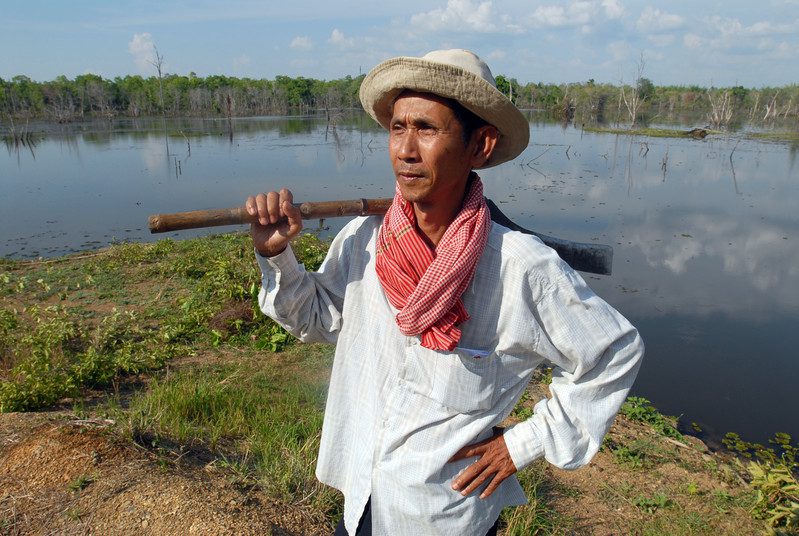Sharing the benefits
It’s a cruel irony that those who experience the worst impacts of infrastructure rarely see any benefits from the profits generated by that infrastructure.
The World Commission on Dams identified in a report called that a benefit sharing approach would help ensure development projects, like Hydropower dams, protect people’s rights and the environment . And yet nearly ten years after that ground breaking report this approach is rarely practised and affected communities still miss out on their share of benefits, particularly non-monetary ones.
But it is possible and it’s not rocket science:
Share the benefits of the service
Where infrastructure is designed to deliver services – say electricity or potable water – it is basic good practice to ensure that those who are directly impacted by that project have unrestricted access to those services which the project can deliver. That they receive electricity from the hydro facility; that they have a good access road to a market.
On top of this, especially for communities who have lost land for livelihoods or been forced to relocate – good practice would see plans developed and implemented in close collaboration with affected communities to deliver a range of services. These services would be identified and prioritised by the communities as important for them. These may be improvements in health services, education facilities, and so on.
Share the profits
Seeing project affected communities as stakeholders, and in fact shareholders, in infrastructure is good business practice and will help the developer ensure that there is buy-in and broader support from communities for the project.
This approach ensures that affected communities have legal contracts with the project which pay annual dividends or income to communities, which are generated by the project. Often these profits to communities will be organised through community development funds, or other central accountable and transparent mechanisms.
Infrastructure as catalyst for policy or wider regional development
Most often assessments and planning for an infrastructure project focuses on the immediate outputs or function of that particular project. However, they way individual projects are carried out, can have flow-on effects for wider practices that determine infrastructure projects, such as environmental and social regulations of different developers, including governments, private sector and the World Bank and the Asian Development Bank.
In regard to benefit sharing, the aim is to use individual projects as examples to convince governments to take an interest in enhancing benefits, which will ultimately make the project more viable as a whole.
If done right this can be a positive contribution for individual projects, but it is also important in the broader sense because it can result in setting precedents for a certain type of infrastructure that is carried out in a responsible way, minimising the cost to affected communities and maximising the benefits.
